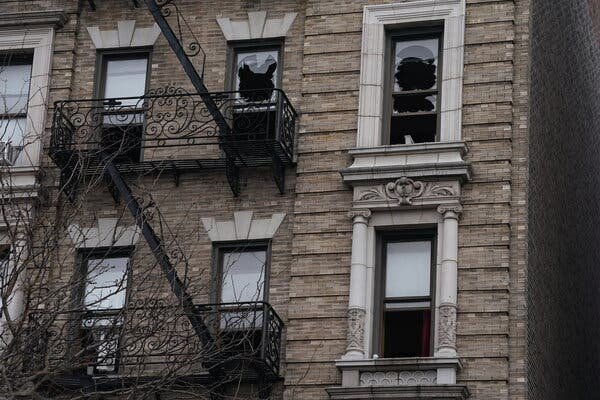New York’s second Black mayor faces corruption charges, drawing comparisons to the fate of the first.
In the lead-up to his federal corruption indictment, Eric Adams, New York City’s second Black mayor, began drawing comparisons to David Dinkins, the city’s first Black mayor. This comparison aimed to highlight the potential racial bias in not re-electing a Black mayor for a second term. However, the main challenges to Adams’ re-election bid come from progressive candidates like Zellnor Myrie, a Black state senator with immigrant roots.
In the early 1990s, when Dinkins took office, New York City was grappling with high crime rates and racial tensions, exemplified by incidents like the Central Park jogger assault and the murder of Yusuf Hawkins. This period was marked by nationwide strife and conflict, including the Rodney King beating and subsequent riots in Los Angeles. Amid calls for police reform, the Dinkins administration faced resistance from the predominantly white police force, leading to a dramatic protest at City Hall where officers disparaged Dinkins.
Despite facing challenges such as the post-Covid economy, housing shortages, and immigration, Adams inherited a more diverse and inclusive city compared to Dinkins’ era. During the 1989 campaign, a majority of white Democratic voters expressed doubts about New York’s readiness for a Black mayor.
In conclusion, Eric Adams faces re-election challenges from progressive contenders, signaling a shift in New York City’s political landscape since David Dinkins’ tenure. The city’s evolving demographics and social dynamics present a complex backdrop for Adams’ bid for a second term as mayor.
Source: The NY Times









